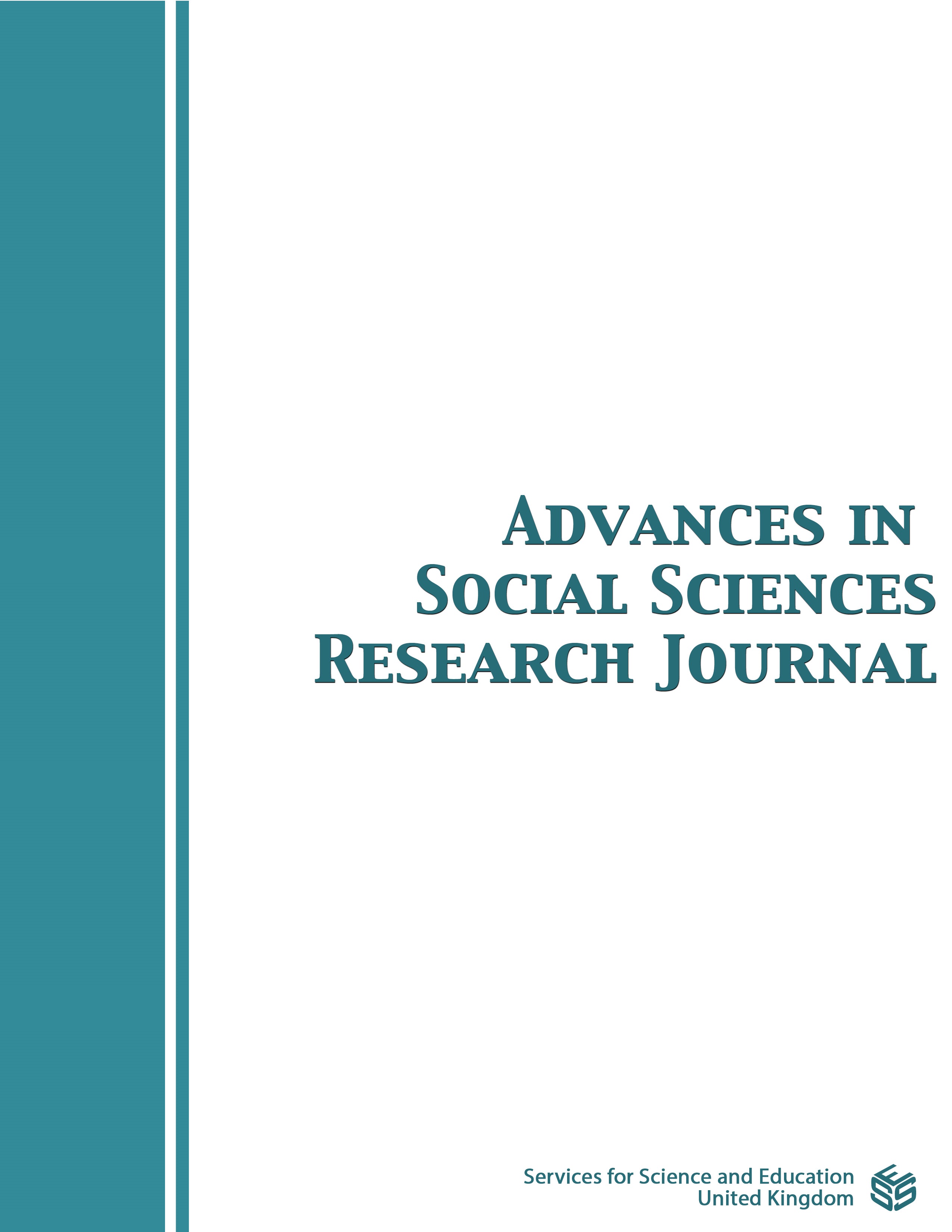The Mother of All Sins: An Interpretation of the Forbidden Fruit as Cannabis
DOI:
https://doi.org/10.14738/assrj.116.17131Keywords:
Adam and Eve, forbidden fruit, cannabis, psychoactive substances, altered consciousness, temptation, disobedienceAbstract
This article explores the reinterpretation of the forbidden fruit in the Adam and Eve narrative across Christianity, Judaism, and Islam, proposing that it was cannabis rather than the traditionally accepted apple, fig, grape, or wheat. The story's significance in each religion highlights themes of temptation, disobedience, and moral consequences. The author argues that cannabis, with its psychoactive properties, aligns with the altered states of consciousness experienced by Adam and Eve upon consuming the fruit. This theory challenges traditional symbolic interpretations by providing a logical explanation for their sudden awareness and shame. The article also examines the broader implications of cannabis use, such as its potential to impair judgement and behaviour, as illustrated in the story of Cain and Abel. By shifting the perspective from symbolic to practical, the reinterpretation aims to address the real-world impacts of cannabis, promoting informed public health strategies and responsible regulation to mitigate societal harm.
Downloads
Published
How to Cite
Issue
Section
License
Copyright (c) 2024 Musaed A Al-Mutairi

This work is licensed under a Creative Commons Attribution 4.0 International License.
Authors wishing to include figures, tables, or text passages that have already been published elsewhere are required to obtain permission from the copyright owner(s) for both the print and online format and to include evidence that such permission has been granted when submitting their papers. Any material received without such evidence will be assumed to originate from the authors.






